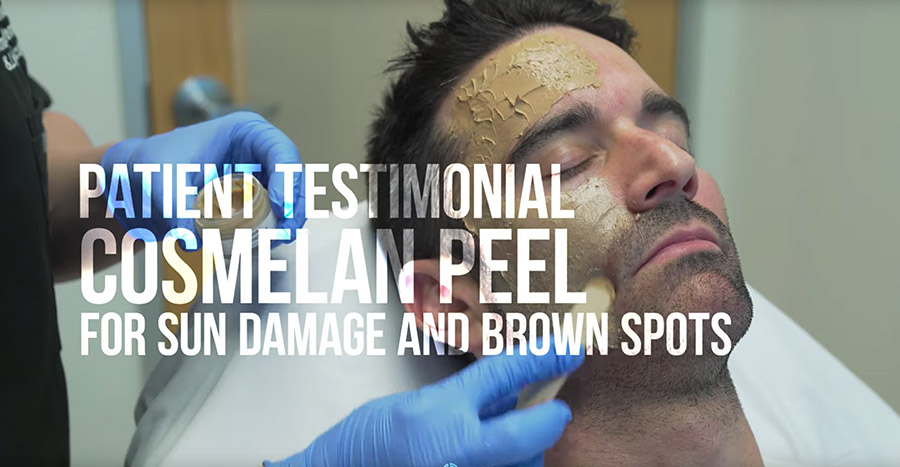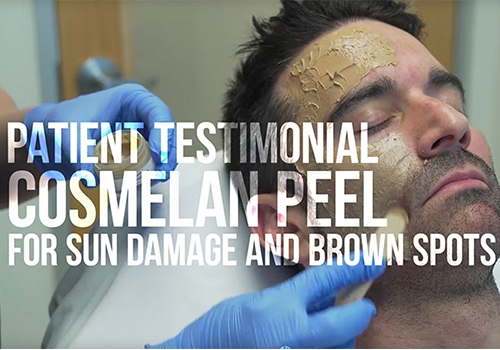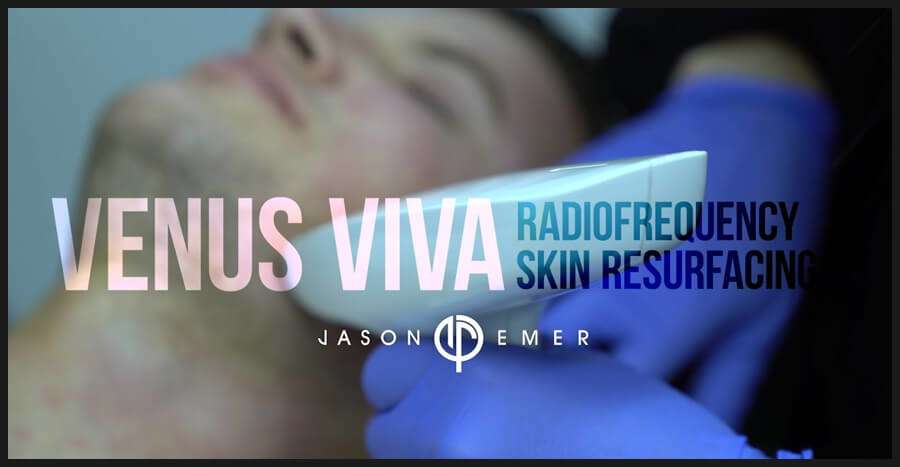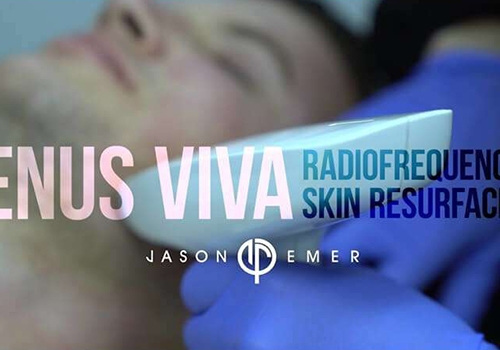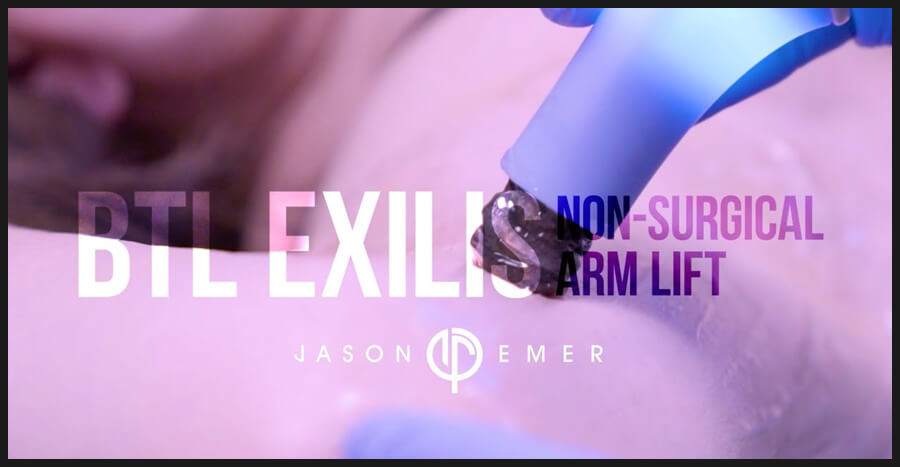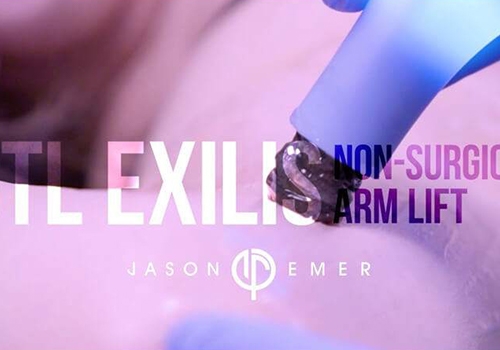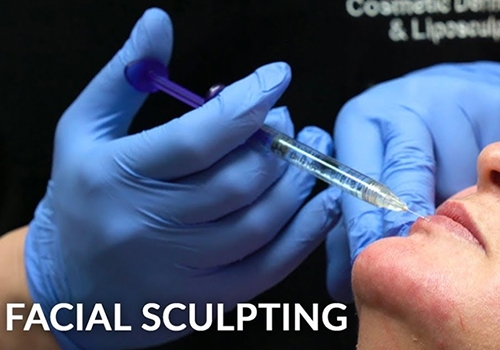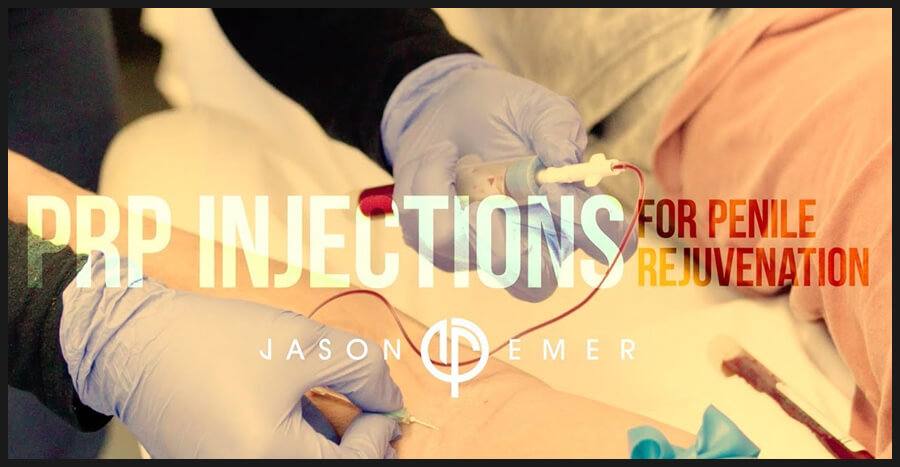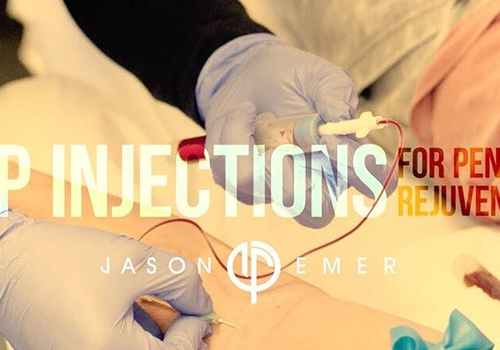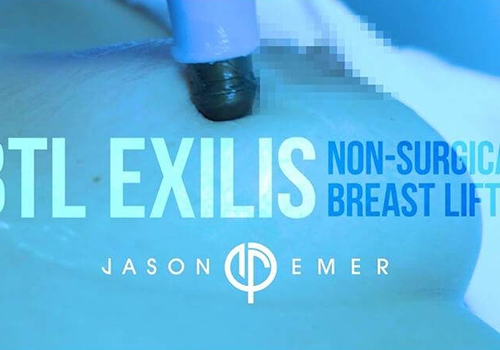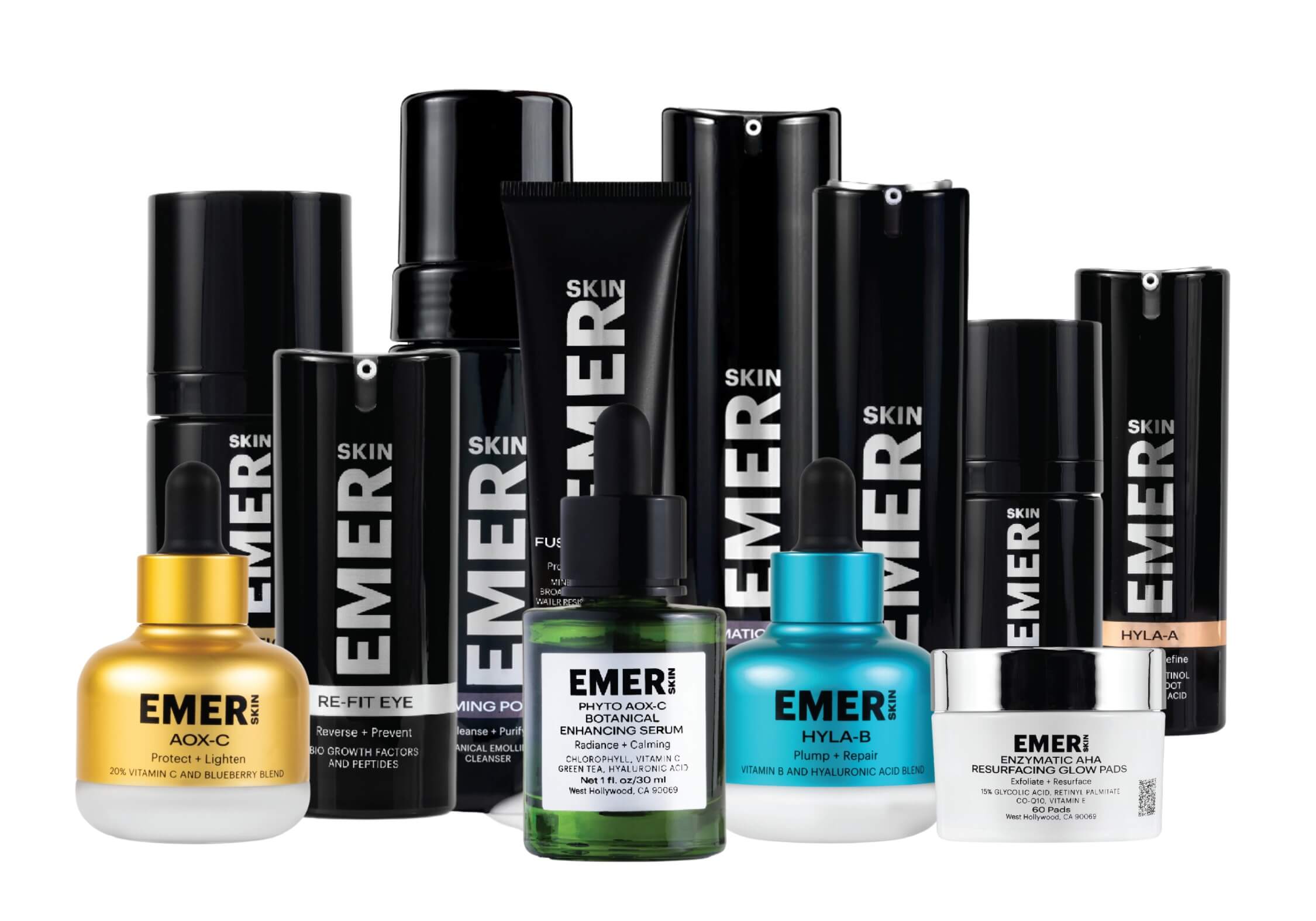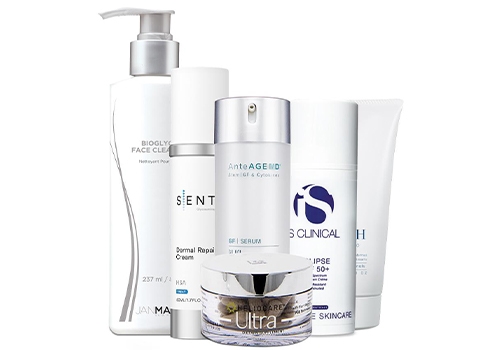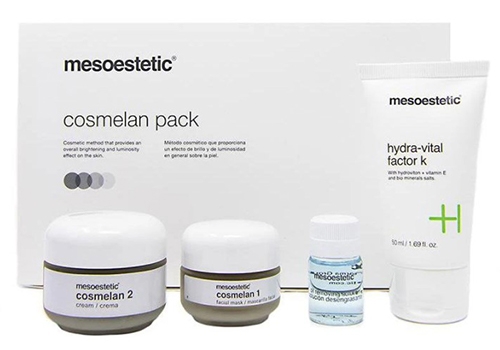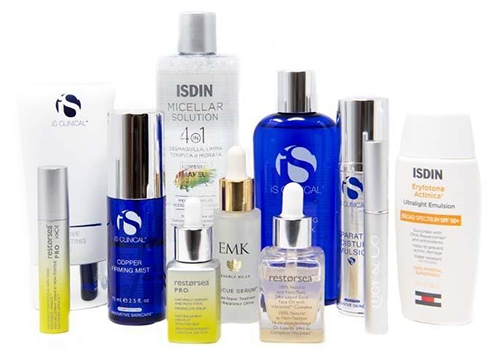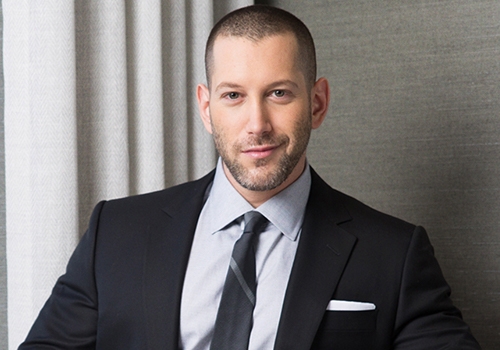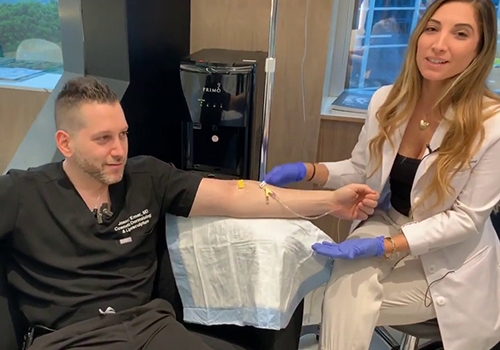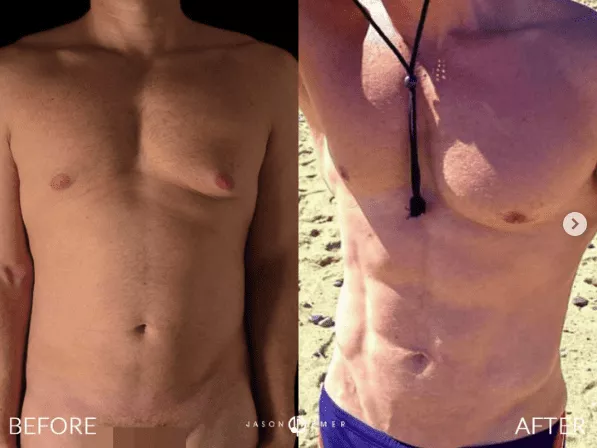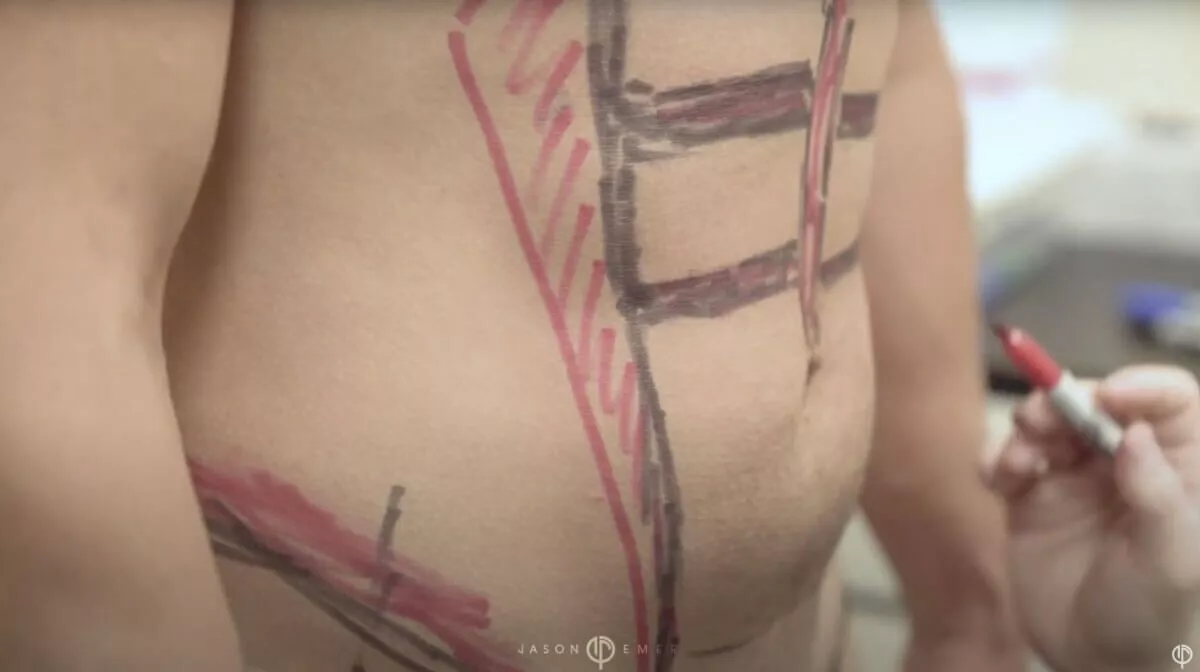The Halo Laser is the world’s first dual-wavelength hybrid fractional laser (HFL). An ablative and non-ablative laser in one, this fusion device has the unique capability to deeply heat the skin, resurface and remodel the superficial layers of the skin, stimulate long-term collagen production, and restore skin elasticity on all parts of the body, including the face, neck, chest, arms, and legs. Board-certified dermatologist and skin rejuvenation expert Dr. Jason Emer uses the Halo Laser, along with his own proprietary techniques and combination approaches, to create significant improvement in:
- acne scarring
- general scars
- anti-aging
- sun damage
- pigmentation
- discoloration
- pore size
- fine lines and wrinkles
- skin texture, color, and tone
- textural irregularities
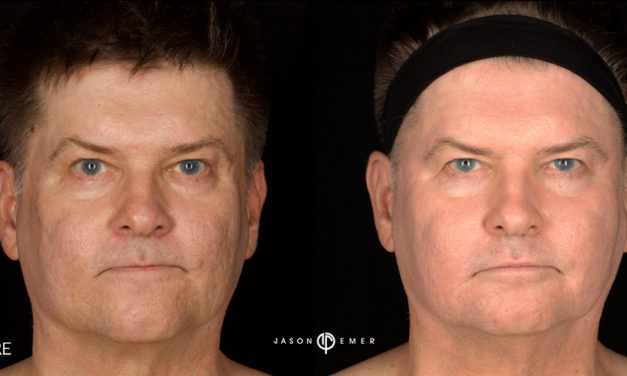
One of the multiple handpieces available on the versatile and cutting-edge Sciton Joule platform, the Halo Laser calculates the precise amount of energy needed to obtain the desired improvements in the treatment area, delivers both non-ablative (1470nm) and ablative (2940nm) wavelengths to the same microscopic treatment zone, and ensures a safe and even distribution of heat throughout the procedure.
How does the Halo Laser treatment work?
The first step in the Halo Laser treatment process is mapping, in which the treatment area is defined and measured with the aid of the touchscreen on the Joule platform. Dr. Emer glides the Halo handpiece across the treatment area (with no energy being delivered) to determine the size of the zone and precisely how much energy is needed to treat that area.
Once the treatment area has been identified and measured, Dr. Emer applies topical numbing cream and/or injectable nerve blocks depending on the aggressiveness of the procedure and the patient’s comfort level. This medication typically wears off within a few hours.
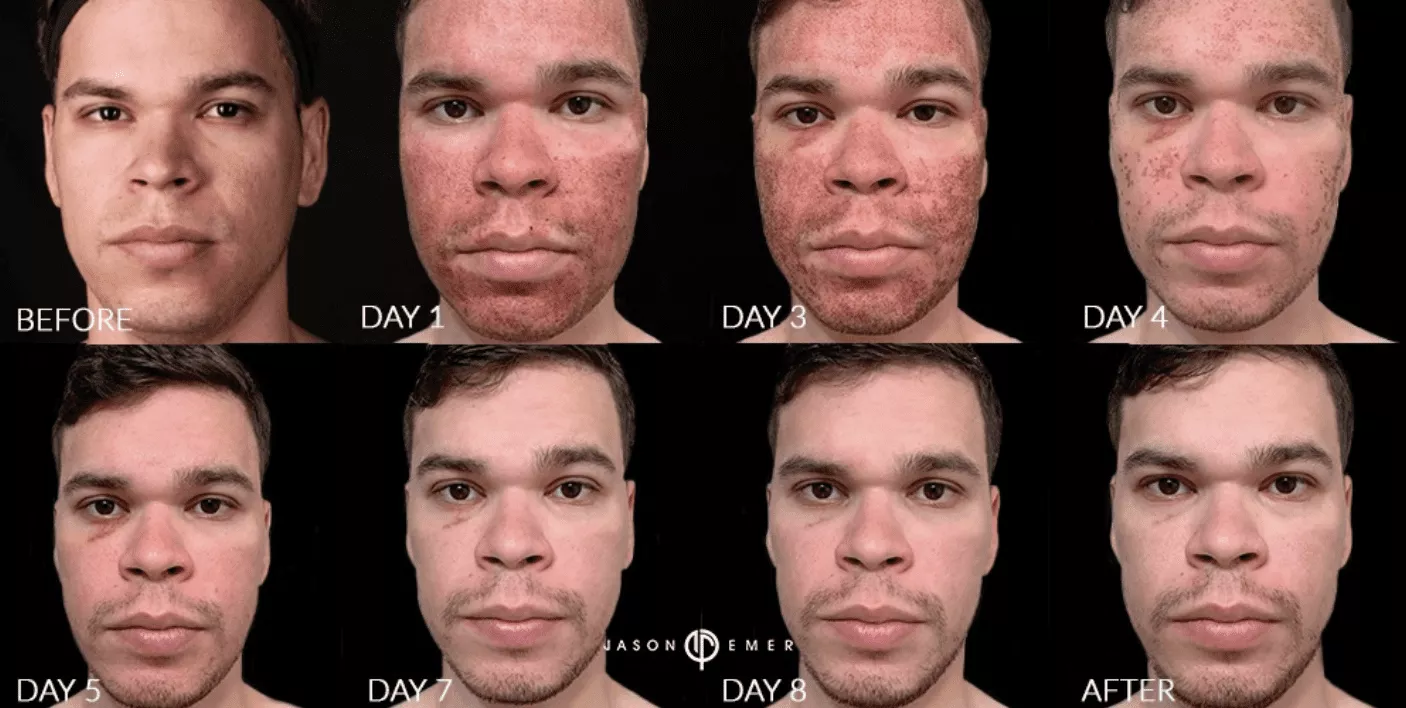
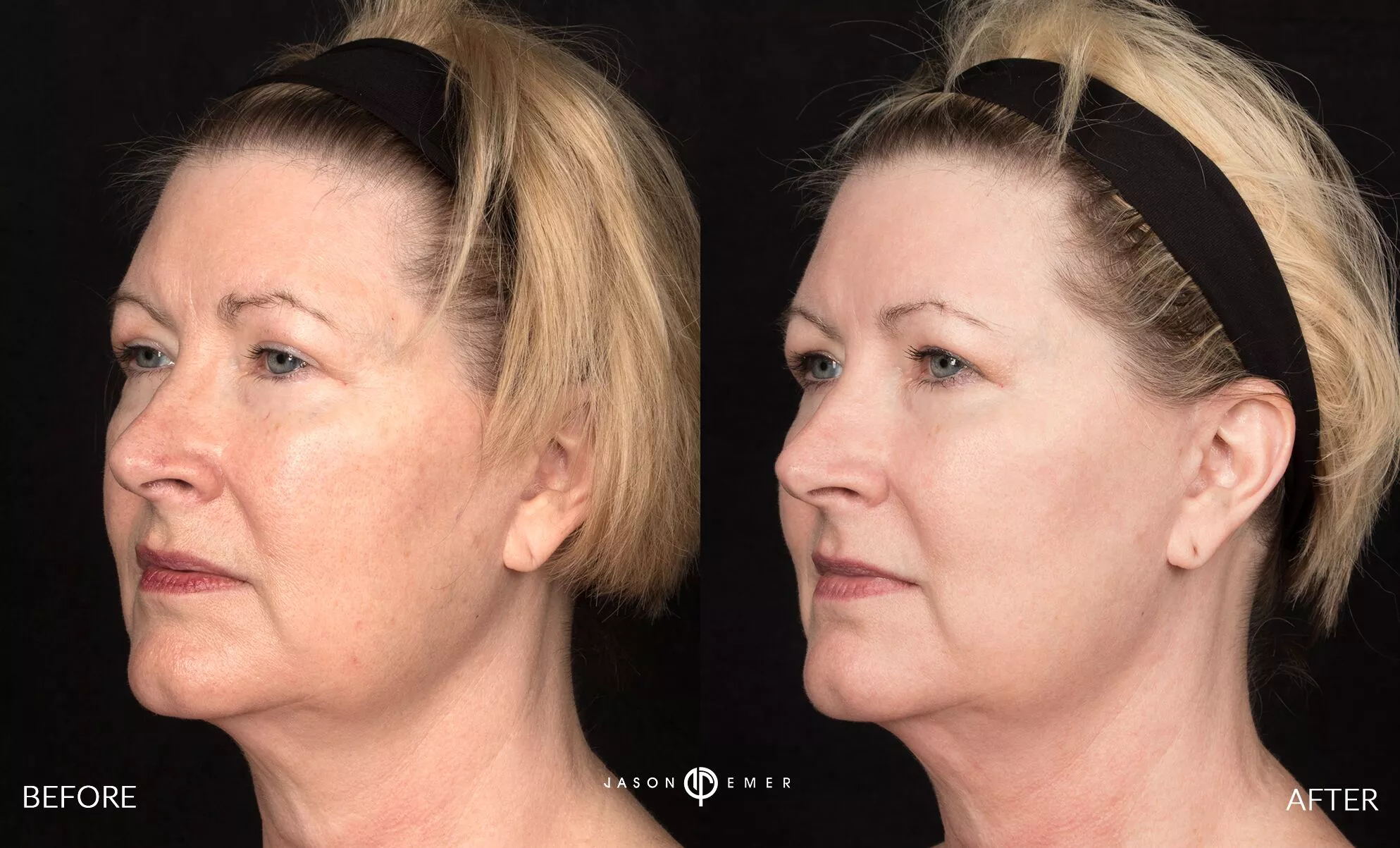
After the numbing medication has been applied, Dr. Emer then uses the Halo Laser to deliver energy both superficially (producing white Erbium resurfacing dots on the surface of the skin, which will scab and peel off as part of the recovery process) as well as deep beneath the surface of the skin (the non-ablative portion makes the skin swollen and red without any effect on the surface).
As the handpiece rolls across the skin, the Joule platform is monitoring the temperature in order to protect the patient’s skin. The Halo Laser also scans the skin throughout the treatment to ensure an even distribution based on the density and energy levels that Dr. Emer has set. As an added layer of protection, the Joule platform sounds an alarm when the treatment is complete based on the customizable energy and density settings provided.
At the end of the treatment, Dr. Emer and his staff apply soothing ice packs to the treated areas to reduce the skin’s temperature. Dr. Emer may also follow up the Halo Laser procedure with a light microneedling treatment with platelet-rich plasma (PRP), hydrating hyaluronic acid, topical serums, stem cells (ACell), and exosomes. An incredibly effective post-laser treatment, microneedling with PRP creates small channels of trauma in the skin to help create entry points for topical antioxidants, growth factors, vitamins, and peptides to infuse into the skin, promote collagen production, accelerate skin healing, and decrease inflammation.
How does Dr. Emer do it differently?
The Halo Laser has become one of Dr. Emer’s favorite treatments for acne scarring. Because the device is able to target various depths of the skin, Halo is able to address and provide improvement in superficial scars, rolling scars, boxcar scars, and even deep ice pick scars. Of course, acne scarring requires an innovative combination approach, a series of treatments, and a long-term strategy to see significant and lasting improvement.
For acne scarring patients, Dr. Emer will often pair the Halo Laser with the Profractional Laser (a companion device on the versatile Sciton Joule platform) for even deeper Erbium resurfacing in areas of the face with the deepest scars. The Profractional Laser creates channels in the skin up to 1,500 microns deep in a single pass and also improves collagen remodeling.
In addition to treating acne scarring, sun damage, and superficial textural issues on the face, Dr. Emer also uses the Halo Laser to rejuvenate aging skin in areas such as the chest. Rather than using strong peels or CO2 laser resurfacing to treat sun damage, wrinkles, and textural issues on the chest, Dr. Emer prefers to employ this safe, dynamic, and powerful hybrid solution that stimulates collagen production for long-term improvement for those who want less downtime.
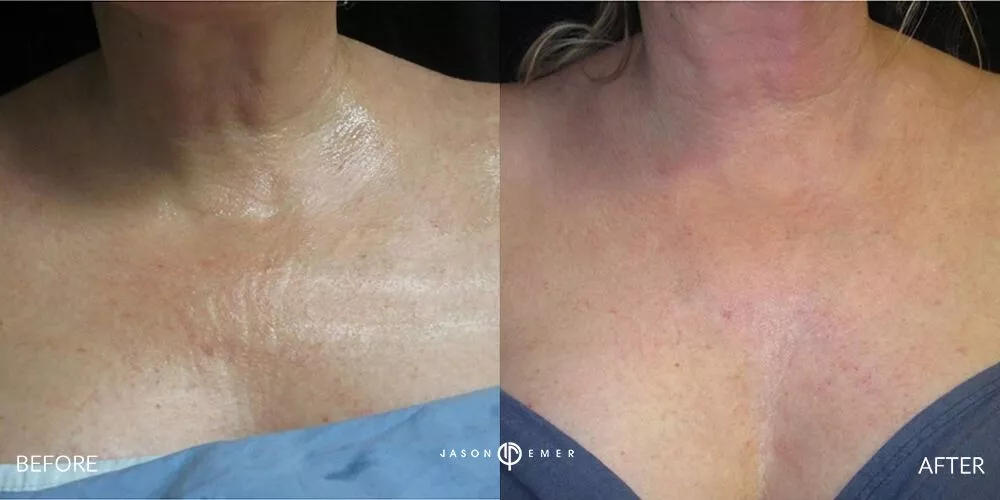
How long do improvements last?
Although the number of sessions varies depending on the patient’s unique condition and the aggressiveness of the Halo Laser treatments, it’s true that multiple treatments are necessary to see significant and long-term improvement. Dr. Emer recommends that his patients follow a long-term maintenance protocol and skin care regimen to further improve and sustain the improvements. For anti-aging, it is recommended that Halo Laser treatments be performed every 2 to 4 months. For acne scarring, the number of treatments may be more in number and more long-term.
Is it painful?
While there is some pain involved in this hybrid laser treatment, when nerve blocks and numbing creams are utilized, the pain is far more tolerable.
Is there any risk involved?
The Halo Laser is safe for most skin types but must be performed meticulously on individuals with sensitive skin as well as those with ethnic skin types / darker skin tones. In these instances, it is essential to pre-treat the skin with peels (such as Cosmelan and Enlighten) and appropriate skin care to help limit hyperpigmentation and improve the overall long-term outcome. Halo Laser and Profractional Laser treatments (and all laser treatments, for that matter) should always be performed by a reputable, board-certified dermatologist and skin specialist with ample experience with laser and anti-aging treatments.
What is the downtime for Halo?
Although the downtime varies depending on the customizable settings used and the aggressiveness of the treatments, the majority of patients experience redness, swelling, scabbing, and some pinpoint bleeding for one or more days following treatment. Patients undergoing more aggressive treatments may experience 1 to 2 weeks of downtime.
Am I a good candidate for the Halo Laser?
To determine if you are a good candidate, schedule a consultation with Dr. Emer in Beverly Hills / Los Angeles / West Hollywood, California. Please call 424-800-4140 or email us at appointments@jasonemermd.com.

